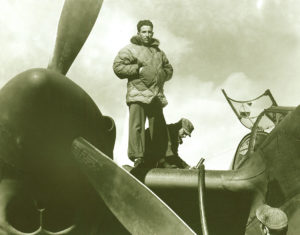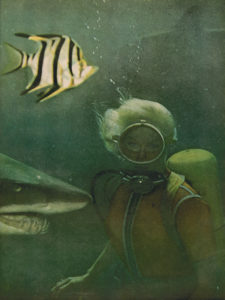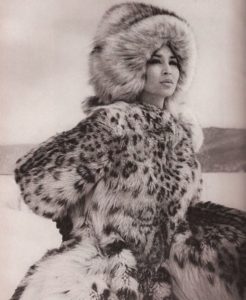 Ann Coppinger is The Museum at FIT’s Senior Conservator. In the following blog post, she took some time to explain her critical role at the museum and to detail a couple of particularly challenging objects that we were able to include in Expedition: Fashion from the Extreme.
Ann Coppinger is The Museum at FIT’s Senior Conservator. In the following blog post, she took some time to explain her critical role at the museum and to detail a couple of particularly challenging objects that we were able to include in Expedition: Fashion from the Extreme.
I am a graduate of both of FIT’s Fashion Design and Patternmaking programs. At the beginning of my career, I worked in New York City’s fashion apparel industry, specializing in women’s dresses and sportswear; more specifically I was involved with the manufacture of moderate priced garments. I have especially enjoyed creating patterns and toiles for fashionable garments and the challenge of crafting and manufacturing clothing. After twenty-plus years in the fashion industry, and confronted with a domestic industry on the decline, I discovered FIT’s Graduate Study program for Historic Textiles and Costumes. It seemed to be the perfect marriage of my carefully honed hand skills and super inquisitive mind. That is how I began my career as a textile conservator. I worked at a regional conservation center before coming to The Museum at FIT. For the last ten years, I’ve been managing the conservation department, where I have the opportunity to work on some of the most wonderful and fascinating textile and costume objects.
A conservator is essentially a trained professional who is charged with caring for and protecting material culture objects. The individual usually possesses an interesting mix of creative skills accompanied by scientific knowledge and practical ability, an ostensibly impossible combination of the analytical and the creative.
The practice of conservation can be thought of as an astute investigation into and documentation of objects that are representative of their time and place. Materials and methods of manufacture are recorded, researched, and evaluated in order to determine the best possible stabilization and preservation approach for each individual object. Conservators will always advocate for an artifact’s long-term preservation, to ensure that future generations may enjoy the opportunity to view and interpret it.
At The Museum at FIT, we mount innovative exhibitions that are dependent on very close collaboration among the conservation, curatorial, and exhibition design, and development teams. We form a small, experienced, multidisciplinary group where teamwork is vital. The conservation department is responsible for the stabilization and safe display of all the objects that will be in the exhibition.
There are many inherent challenges associated with conserving and displaying historic textiles and dress. A critical factor in displaying a costume and textile collection is crafting a safe and appropriate presentation of these objects. The creation of the proper silhouette for each garment serves to enhance the viewer’s experience and understanding of the artifact. The condition of each object should always inform display options within the desired design parameters. However, object treatments sometimes don’t work out as planned, and modifications have to be made. Here are some issues we were confronted with while working on Expedition: Fashion from the Extreme.

Madame Grès’ après ski ensemble, pictured here in Vogue, is on display in Expedition: Fashion from the Extreme . Vogue , September 15, 1969.
This exhibition features several examples of real fur garments that are either high fashion or are true functional garments created specifically for survival in extreme environments. Fur garments are quite different from more traditional cloth garments, with differing needs and considerations. They are constructed and tailored based on complex joins of a patchwork of animal pelts, while contemporary cloth garments are constructed with more regularly shaped pattern pieces. The pelts tend to become dry and desiccated as they age, presenting unique conservation challenges.
The Madame Grès apres ski ensemble of 1969, worn by the New York socialite Isabel Eberstadt, consists of an off-white, ribbed wool, chunky knit sweater and spectacular, beigey-brown wolf fur pants. The sweater is in excellent condition. The pants, however, showed signs of general wear accompanied by fur loss along the top edges of the contoured waist and high hip area of the pants. Along the top portion of the pants, large fur patches were breaking off and crumbling. The fur skins were dry and desiccated throughout the garment, sounding slightly “crunchy” when being handled, signaling that most likely the skins would continue to crack and split when moved. Before beginning to treat the pants, conservator Nicole Bloomfield spent many hours researching the nature of fur technology and manufacturing in order to gain a firm grasp of the technical issues that she might encounter while undertaking the stabilization of the wolf pants. Upon further examination, she discovered that the construction of the pants was quite complex, with no simple or straight seams. The fur skins were joined by using a very expensive technique whereby very small, herringboned strips are pieced together, creating a more even distribution of the fur.
(more…)


 Jonathan Faiers is Professor of Fashion Thinking at Winchester School of Art, University of Southampton. U.K. Originally studying fashion design at Central St. Martins, Jonathan worked as a theatre designer and a retail consultant for the Victoria & Albert Museum, as well as exhibiting his video work internationally before embarking on his career as a writer and academic, focussing on the interface between fashion and popular culture. Jonathan’s publications include Tartan, Dressing Dangerously: Dysfunctional Fashion in Film, and essays for Alexander McQueen and London Couture 1923-75. He contributed the essay “Fur: The Final Frontier” to the book, Expedition: Fashion from the Extreme.
Jonathan Faiers is Professor of Fashion Thinking at Winchester School of Art, University of Southampton. U.K. Originally studying fashion design at Central St. Martins, Jonathan worked as a theatre designer and a retail consultant for the Victoria & Albert Museum, as well as exhibiting his video work internationally before embarking on his career as a writer and academic, focussing on the interface between fashion and popular culture. Jonathan’s publications include Tartan, Dressing Dangerously: Dysfunctional Fashion in Film, and essays for Alexander McQueen and London Couture 1923-75. He contributed the essay “Fur: The Final Frontier” to the book, Expedition: Fashion from the Extreme.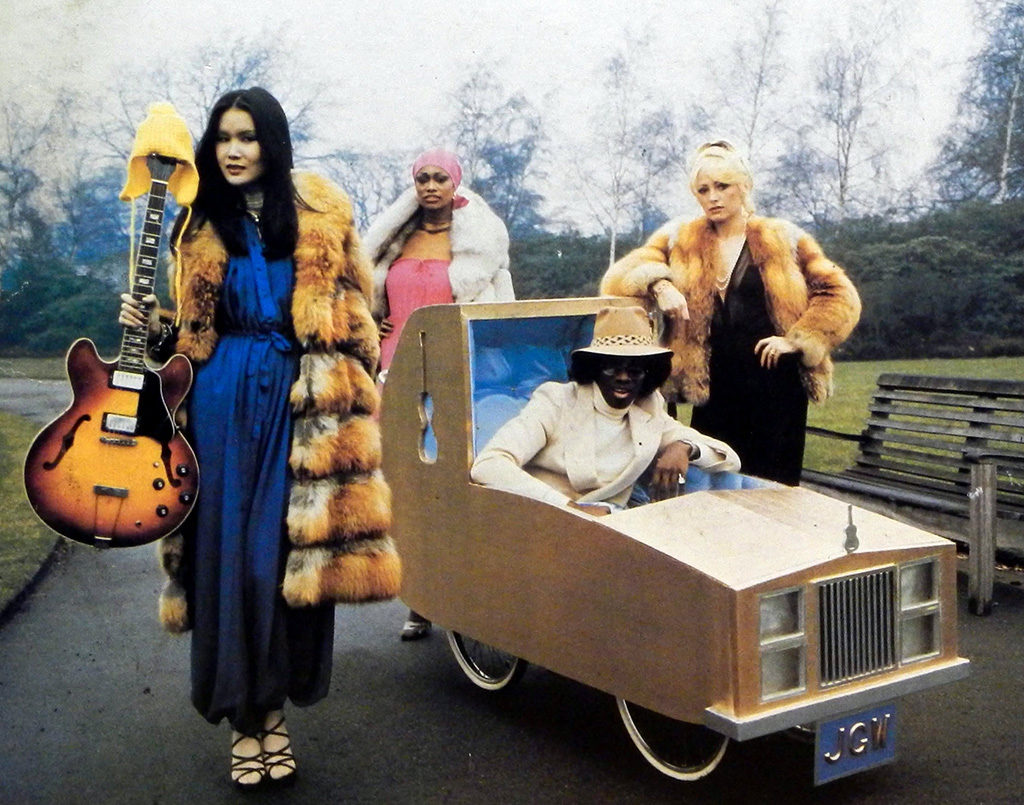
 Ann Coppinger is The Museum at FIT’s Senior Conservator. In the following blog post, she took some time to explain her critical role at the museum and to detail a couple of particularly challenging objects that we were able to include in Expedition: Fashion from the Extreme.
Ann Coppinger is The Museum at FIT’s Senior Conservator. In the following blog post, she took some time to explain her critical role at the museum and to detail a couple of particularly challenging objects that we were able to include in Expedition: Fashion from the Extreme.
 Lesley Ann Beck is the Senior Communications Manager for the Berkshire Museum. After a career in journalism, she joined the staff of the Berkshire Museum in 2011. She writes and edits press releases, marketing materials, and web content for the Museum, as well as working closely with the exhibition team to research and write labels and panels, interpreting the objects in the galleries. The Berkshire Museum, located in Pittsfield, Massachusetts, is home to an astounding array of interesting objects.
Lesley Ann Beck is the Senior Communications Manager for the Berkshire Museum. After a career in journalism, she joined the staff of the Berkshire Museum in 2011. She writes and edits press releases, marketing materials, and web content for the Museum, as well as working closely with the exhibition team to research and write labels and panels, interpreting the objects in the galleries. The Berkshire Museum, located in Pittsfield, Massachusetts, is home to an astounding array of interesting objects. 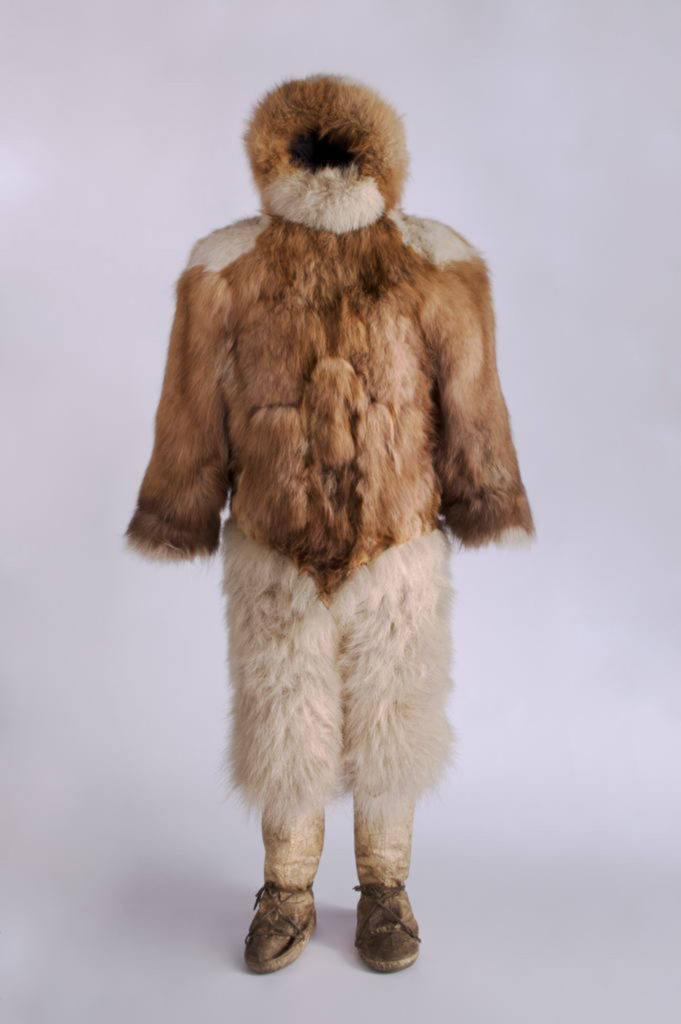
 Elizabeth (Liz) Way is an assistant curator at The Museum at FIT. She assisted deputy director Patricia Mears, curator of Expedition: Fashion from the Extreme, and wrote an essay titled “Looking Back at the Future: Spacesuits and Space Age Fashion” for the companion book to the exhibition.
Elizabeth (Liz) Way is an assistant curator at The Museum at FIT. She assisted deputy director Patricia Mears, curator of Expedition: Fashion from the Extreme, and wrote an essay titled “Looking Back at the Future: Spacesuits and Space Age Fashion” for the companion book to the exhibition. 
 Lacey Flint is The Explorers Club Archivist and Curator of Research Collections. Her support of Expedition: Fashion from the Extreme provided a truly unique partnership between two seemingly disparate institutions. She authored the essay, “The Explorers Club: A Brief History,” in the exhibition book, and here, she shares a bit about The Explorers Club’s incredible collections.
Lacey Flint is The Explorers Club Archivist and Curator of Research Collections. Her support of Expedition: Fashion from the Extreme provided a truly unique partnership between two seemingly disparate institutions. She authored the essay, “The Explorers Club: A Brief History,” in the exhibition book, and here, she shares a bit about The Explorers Club’s incredible collections. 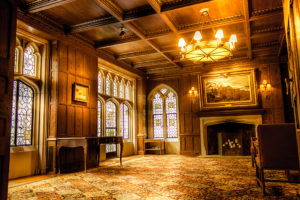
 Sarah Pickman is a Ph.D. candidate at Yale University studying the history of science and medicine. She contributed the essay “Dress, Image, and Cultural Encounter in the Heroic Age of Polar Exploration” to the book, Expedition: Fashion from the Extreme.
Sarah Pickman is a Ph.D. candidate at Yale University studying the history of science and medicine. She contributed the essay “Dress, Image, and Cultural Encounter in the Heroic Age of Polar Exploration” to the book, Expedition: Fashion from the Extreme.
 Kim Ackert, head of the design firm Ackert Architecture, is an internationally renowned architect and a respected professor of architecture, teaching at Harvard, Cornell, Yale, and, most recently, Parsons, The New School. She has designed some of The Museum at FIT’s most transformative exhibitions, including Elegance in an Age of Crisis: Fashions of the 1930s, Yves Saint Laurent + Halston: Fashioning the 70s, and Fairy Tale Fashion. Here, she sheds some light on what went into conceptualizing and realizing the dramatic design of Expedition: Fashion from the Extreme.
Kim Ackert, head of the design firm Ackert Architecture, is an internationally renowned architect and a respected professor of architecture, teaching at Harvard, Cornell, Yale, and, most recently, Parsons, The New School. She has designed some of The Museum at FIT’s most transformative exhibitions, including Elegance in an Age of Crisis: Fashions of the 1930s, Yves Saint Laurent + Halston: Fashioning the 70s, and Fairy Tale Fashion. Here, she sheds some light on what went into conceptualizing and realizing the dramatic design of Expedition: Fashion from the Extreme.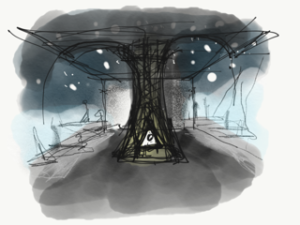
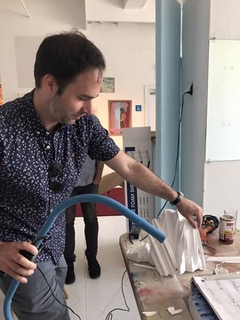
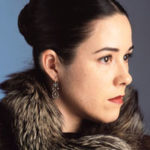 Written by: Patricia Mears, deputy director of The Museum at FIT and lead curator of Expedition: Fashion from the Extreme.
Written by: Patricia Mears, deputy director of The Museum at FIT and lead curator of Expedition: Fashion from the Extreme.